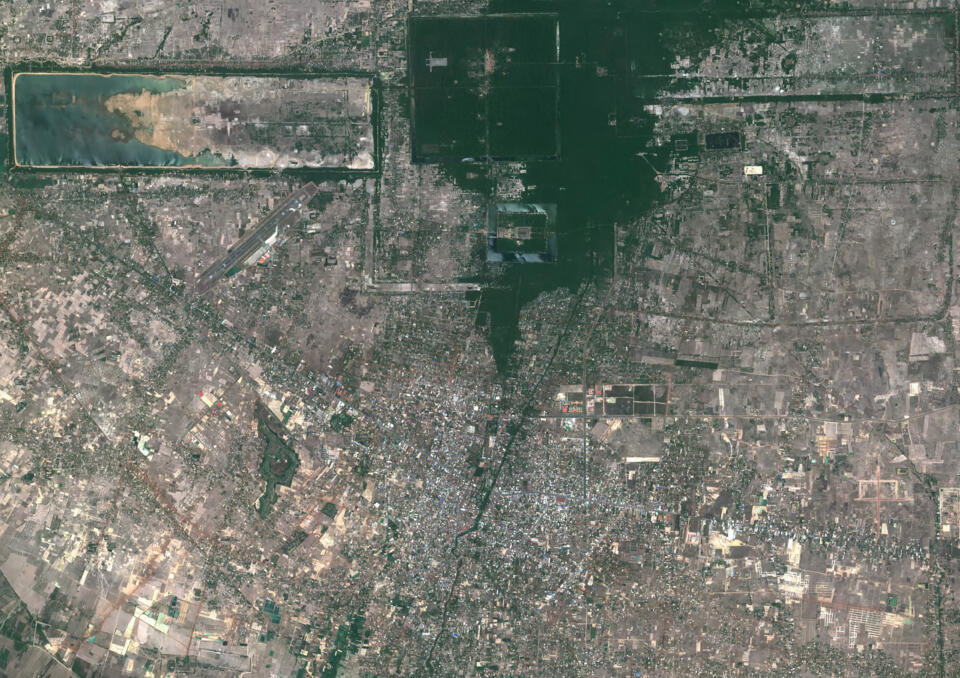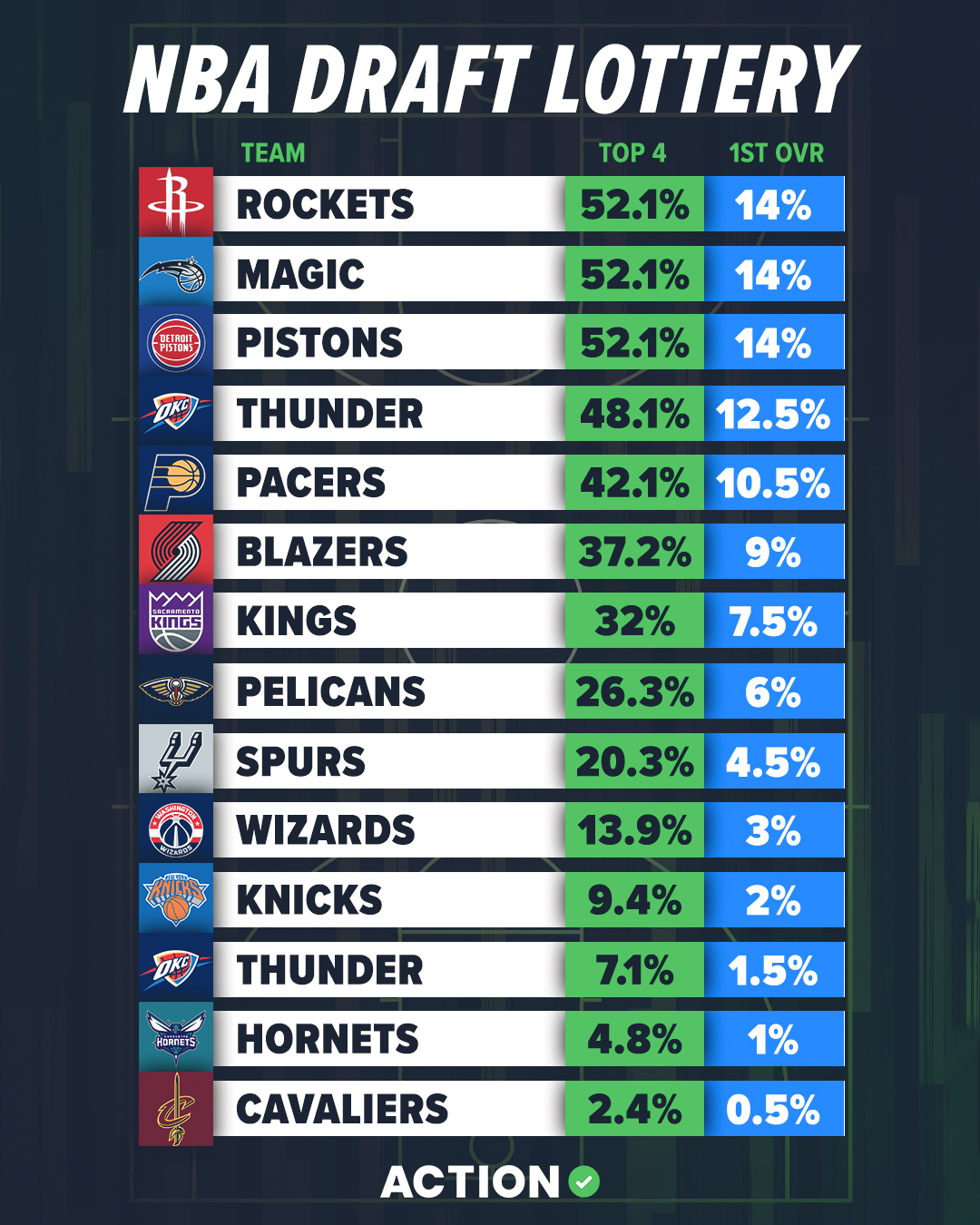Heat Health Warning: Department Of Health Issues Urgent Public Advisory

Table of Contents
Understanding the Risks of Extreme Heat
Extreme heat poses significant risks to public health. Understanding the symptoms and severity of heat-related illnesses is the first step in protecting yourself.
Heat Stroke: A Life-Threatening Condition
Heat stroke is a medical emergency. It occurs when your body overheats, and its temperature regulation system fails. This is a life-threatening condition requiring immediate medical attention.
-
Key Symptoms of Heat Stroke:
- High body temperature (above 103°F or 39.4°C)
- Confusion, disorientation, or altered mental state
- Seizures
- Loss of consciousness
- Red, hot, and dry skin (although sometimes skin may be moist)
- Rapid, strong pulse
- Headache
-
Recognizing Heat Stroke in Others: If you suspect someone is experiencing heat stroke, act quickly. Look for the symptoms listed above.
-
Immediate Action for Heat Stroke: Call emergency services (911 or your local equivalent) immediately. While waiting for help, move the person to a cooler place, remove excess clothing, and try to cool them down with cool water or ice packs.
Heat Exhaustion: Recognizing the Warning Signs
Heat exhaustion is a less severe but still serious condition that can precede heat stroke. It occurs when your body loses too much fluid and salt.
-
Key Symptoms of Heat Exhaustion:
- Heavy sweating
- Weakness
- Dizziness
- Headache
- Nausea
- Muscle cramps
- Palpitations
-
First Aid for Heat Exhaustion: Get the person to a cool place, preferably with air conditioning. Have them lie down and elevate their legs. Encourage them to drink water or an electrolyte-rich beverage. Remove excess clothing. If symptoms persist or worsen, seek medical attention.
Vulnerable Populations
Certain groups are more vulnerable to heat-related illnesses:
-
Elderly: Their bodies may not regulate temperature as efficiently.
-
Infants and Young Children: Their bodies are still developing their temperature regulation systems.
-
People with Chronic Illnesses: Conditions like heart disease, kidney disease, and diabetes increase susceptibility.
-
People with Mental Illness: May be less aware of the need to stay cool or hydrate.
-
Individuals taking certain medications: Some medications can interfere with the body's ability to regulate temperature.
-
Extra Precautions for Vulnerable Groups: These individuals need extra care during a heatwave. Ensure they stay hydrated, remain in cool environments, and have regular check-ins.
Protecting Yourself from Extreme Heat
Taking proactive steps can significantly reduce your risk of heat-related illness.
Stay Hydrated
Drink plenty of water throughout the day, even before you feel thirsty. Avoid sugary drinks and alcohol, as they can dehydrate you further.
- Hydration Strategies: Keep a water bottle with you at all times and refill it regularly. Aim for at least eight glasses of water per day, more if you are sweating heavily.
- Signs of Dehydration: Dry mouth, dark urine, dizziness, headache, fatigue.
Limit Outdoor Activities
Try to avoid strenuous activities outdoors during the hottest part of the day, generally between 11 am and 3 pm.
- Scheduling Outdoor Activities: Plan outdoor activities for the cooler morning or evening hours.
- Alternatives to Outdoor Activities: Choose indoor activities like swimming, visiting a movie theater, or spending time in an air-conditioned environment.
Dress Appropriately
Wear light-colored, loose-fitting clothing to reflect sunlight and allow for better air circulation.
- Appropriate Clothing Choices: Choose breathable fabrics like cotton or linen. Avoid dark colors which absorb more heat.
Utilize Cooling Methods
Take advantage of cooling methods to lower your body temperature.
- Cooling Methods: Cool showers or baths, using fans, and air conditioning are all highly effective.
Resources and Further Information
For more information and assistance during this heatwave:
Contact Information
- Local Health Department: [Insert Phone Number and Website Here]
- Emergency Services: 911 (or your local emergency number)
Additional Resources
- [Insert Link to Relevant Government Website]
- [Insert Link to Reputable Health Organization]
Conclusion
This heat health warning from the Department of Health emphasizes the serious risks associated with extreme heat. By understanding the signs of heat exhaustion and heat stroke, taking preventative measures like staying hydrated, limiting outdoor exposure, and dressing appropriately, and knowing where to seek help, you can significantly reduce your risk. Stay informed about the current heatwave conditions and heed this urgent public advisory to protect yourself and your community. Continue to monitor updates on the heat health warning and take necessary action to ensure your safety during this period of extreme temperatures. Remember, proactive heat safety measures are vital during a heatwave.

Featured Posts
-
 Delving Into History Kanika House And The Making Of The Indian Constitution
May 13, 2025
Delving Into History Kanika House And The Making Of The Indian Constitution
May 13, 2025 -
 Nba Draft Lottery Winners Since 2000 A Comprehensive Quiz
May 13, 2025
Nba Draft Lottery Winners Since 2000 A Comprehensive Quiz
May 13, 2025 -
 Sixers Chances To Win The Nba Draft Lottery A Complete Guide
May 13, 2025
Sixers Chances To Win The Nba Draft Lottery A Complete Guide
May 13, 2025 -
 Chris Evans And Scarlett Johansson Co Stars Share Kind Words
May 13, 2025
Chris Evans And Scarlett Johansson Co Stars Share Kind Words
May 13, 2025 -
 Cremaschis Heroics Secure Inter Miamis 1 0 Win In Cleveland
May 13, 2025
Cremaschis Heroics Secure Inter Miamis 1 0 Win In Cleveland
May 13, 2025
